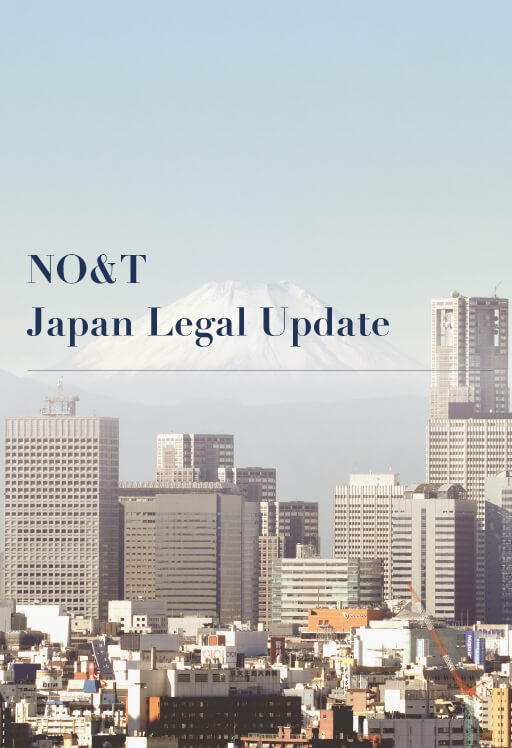请注意,本简报的目的是提供信息,并非提供法律建议。另外,本简报仅包括根据发行日(制作日)时点的信息,不包括该时点之后的信息。特别是速报可能会与现状的解释或惯例不同,敬请留意。
I. Introduction
A distressed debtor in Japan commonly seeks to reach a consensual agreement with its financial creditors (particularly banks) out‐of‐court to avoid statutory in‐court insolvency proceedings. It is generally perceived among restructuring practitioners in Japan that an out‐of‐court debt restructuring or workout is preferable to statutory in‐court insolvency proceedings in order to preserve a debtor’s going‐concern value and reduce the costs for restructuring. While an out‐of‐court workout, by its nature, is not backed up by any statute or set of procedural rules, it is beneficial for both debtors and creditors to standardize out‐of‐court workout procedures so as to increase the foreseeability of the process. From this context, a standardized out‐of‐court workout scheme called Turnaround Alternative Dispute Resolution (“Turnaround ADR”) was created in 2007.
下载PDF





